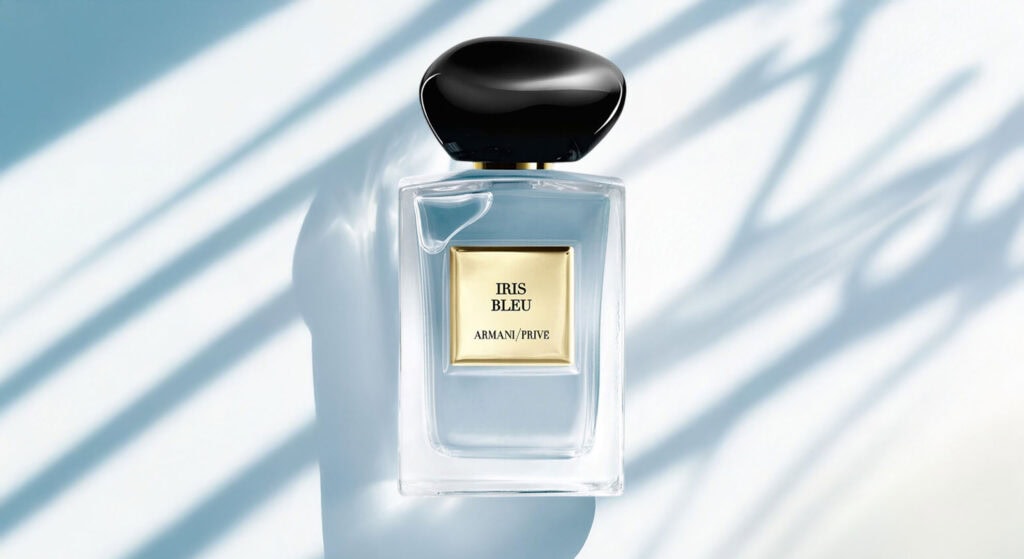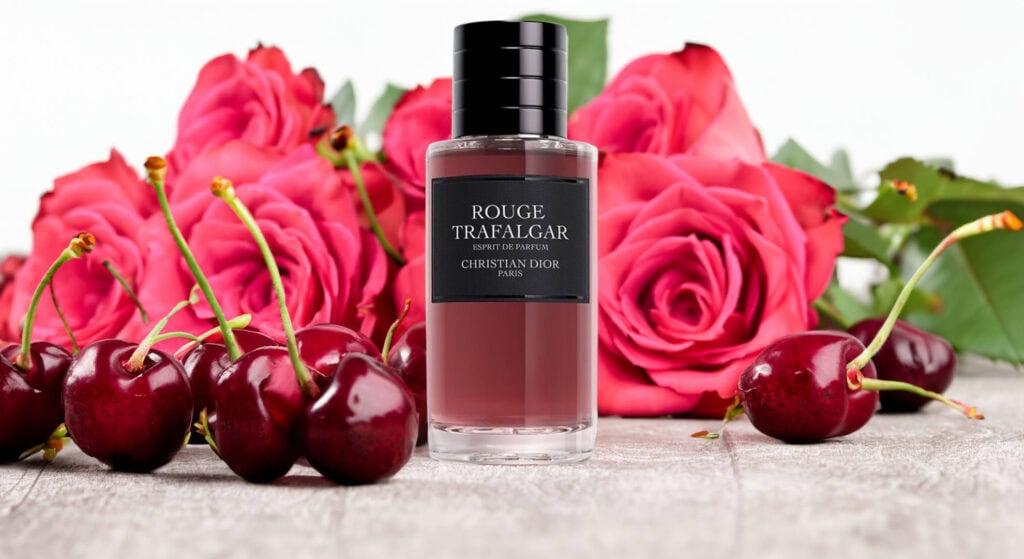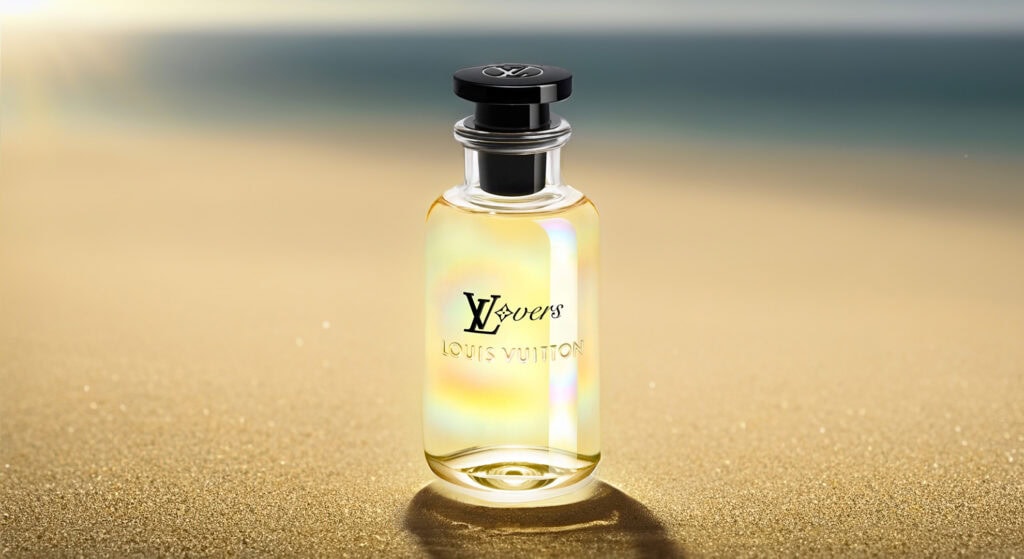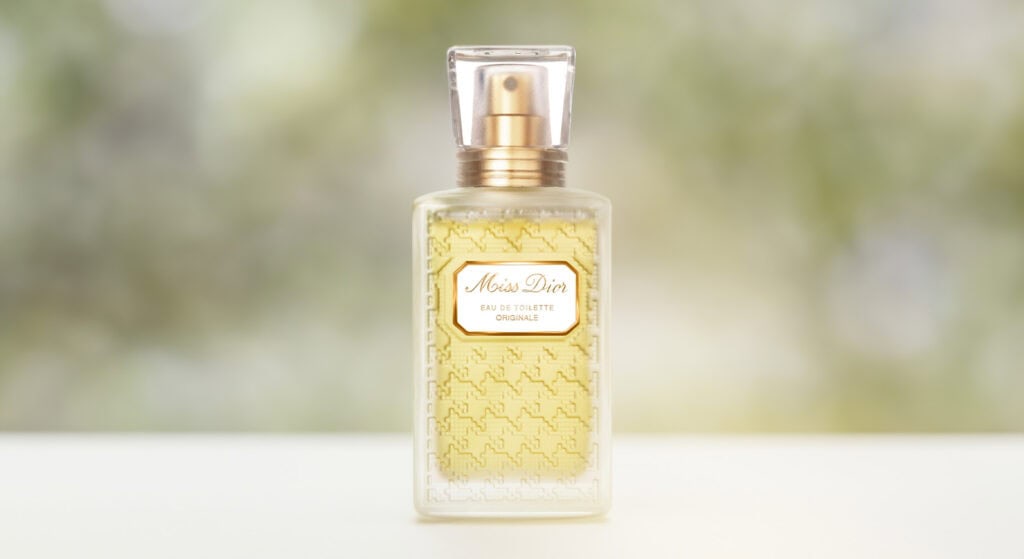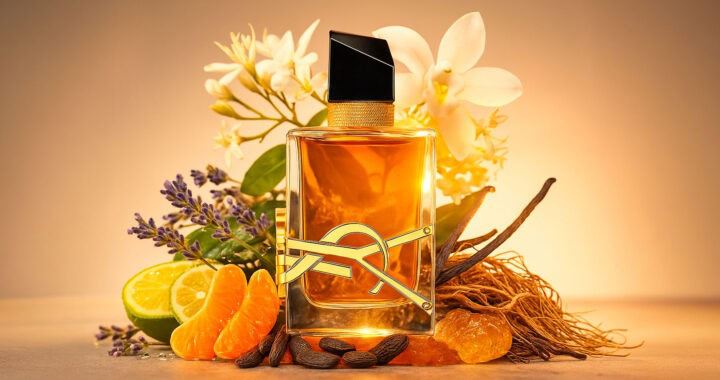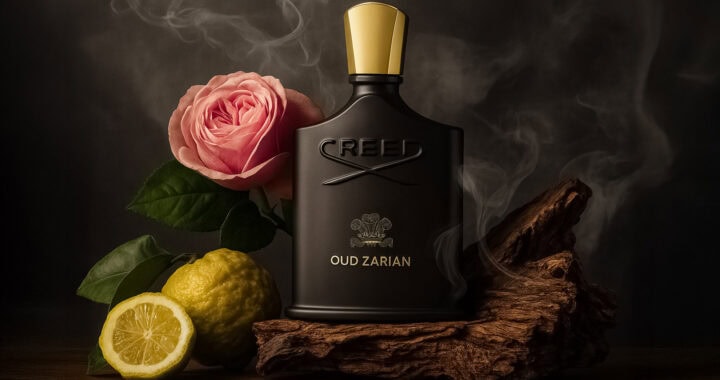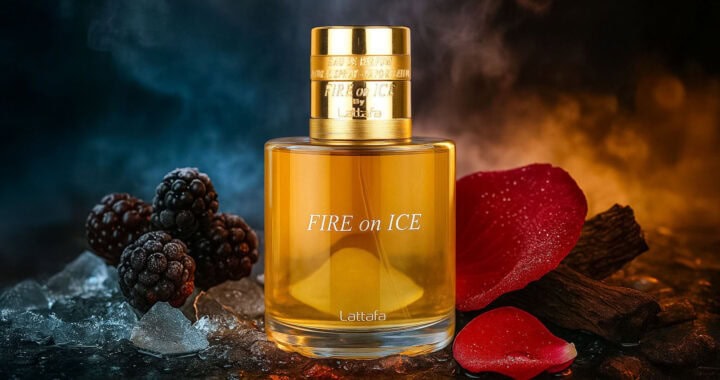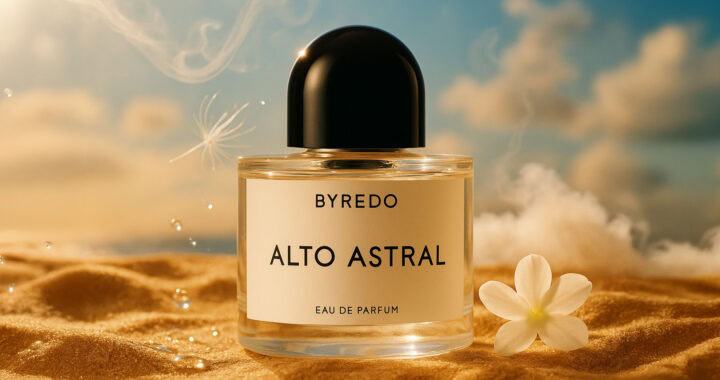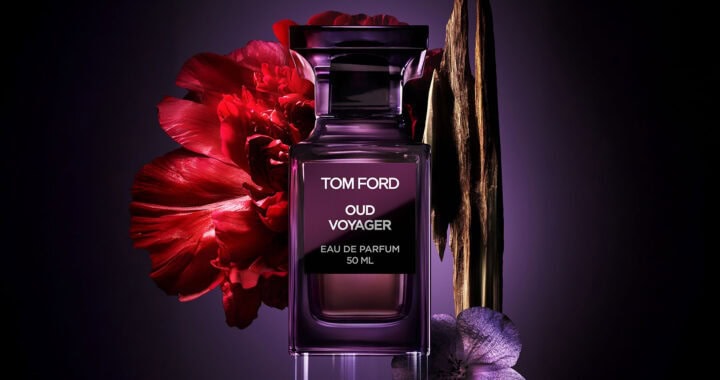Galbanum in Perfumery: From Ancient Origins to Modern Blends and Iconic Scents
Galbanum, with its sharp, green, and slightly resinous aroma, has a long and storied history in perfumery. Revered for its ability to add a fresh, vegetal intensity to fragrances, galbanum serves as both a bridge and a contrast in many compositions. This article delves into the ancient origins and extraction of galbanum, explores how it is expertly blended with other fragrance notes, and highlights some of the most iconic perfumes where galbanum plays a central role.
The Ancient Origins and Extraction of Galbanum
Galbanum is a gum resin obtained from the Ferula species, particularly Ferula galbaniflua, a plant native to regions such as Iran and the Middle East. This aromatic resin has been used for thousands of years, both in ancient rituals and as a key ingredient in early perfumery.
- Harvesting the Resin: The process of obtaining galbanum begins with making incisions in the stems of the Ferula plant. The resin exudes slowly from these cuts and is then collected after it hardens. This natural resin is rich in essential oils, which give galbanum its distinctive green, earthy, and slightly balsamic scent.
- Steam Distillation: The essential oil of galbanum is typically extracted through steam distillation of the gum resin. This process involves passing steam through the resin, which captures the volatile aromatic compounds. The steam is then condensed, separating the essential oil from the water. The resulting oil is a powerful, green scent that is both fresh and slightly bitter, with complex undertones of pine, earth, and herbs.
- Solvent Extraction: In some cases, solvent extraction is used to produce a more concentrated galbanum absolute. This method captures the full depth of galbanum’s complex aroma, preserving its green, resinous qualities while enhancing its earthy and slightly spicy facets.
Blending Galbanum in Perfumery
Galbanum’s unique scent profile makes it a versatile ingredient in perfumery, capable of adding freshness, depth, and a natural, green quality to various fragrance compositions.
- Green and Earthy Scents: Galbanum is a quintessential ingredient in green fragrances, where it contributes a sharp, vegetal freshness. When blended with notes like vetiver, moss, or grass, galbanum enhances the earthy and natural aspects of the scent, creating a fragrance that feels alive and invigorating. Chanel No. 19 is a classic example, where galbanum is the star note, paired with iris and vetiver to create a fresh, green, and elegant perfume.
- Floral and Fresh Compositions: Galbanum can add a bright, crisp edge to floral perfumes, making the flowers feel fresher and more vibrant. When combined with notes like jasmine, rose, or lily of the valley, galbanum introduces a green contrast that balances the sweetness of the florals, resulting in a more sophisticated and dynamic fragrance. Balmain’s Vent Vert showcases this blend beautifully, with galbanum adding a green burst to its floral heart.
- Woody and Spicy Blends: In woody and spicy fragrances, galbanum adds a fresh, resinous quality that contrasts with the warmth of woods and spices. This combination creates a scent that is both grounded and invigorating, with a natural complexity that evolves over time. Hermès’s Équipage features galbanum as a key note, where it enhances the aromatic spices and woods, adding a sharp, green freshness to the composition.
- Chypre and Classic Scents: Galbanum is often used in chypre fragrances, where its green, resinous quality complements the traditional blend of bergamot, oakmoss, and labdanum. The result is a sophisticated and complex scent that feels timeless and elegant. Dior’s Diorling incorporates galbanum to add freshness and depth to its classic chypre structure, creating a perfume that is both bold and refined.
Iconic Perfumes Featuring Galbanum
Several iconic perfumes have become renowned for their use of galbanum, showcasing its ability to add a distinctive, fresh, and green character to a wide range of fragrances.
- Chanel No. 19: Perhaps the most famous fragrance featuring galbanum, Chanel No. 19 is a masterpiece of green perfumery. The galbanum note is front and center, providing a sharp, fresh contrast to the powdery iris and the earthy vetiver, resulting in a scent that is both elegant and assertive.
- Balmain Vent Vert: Known for its vibrant and green composition, Vent Vert uses galbanum to create a burst of freshness that complements its floral heart. This fragrance is a celebration of all things green, with galbanum providing the crisp, verdant edge that has made it a classic.
- Hermès Équipage: In this fragrance, galbanum is used to add a fresh, resinous quality to a blend of spices, woods, and leather. The result is a scent that is both dynamic and refined, with galbanum providing a natural, green contrast to the warm base notes.
- Dior Diorling: A classic chypre fragrance, Diorling incorporates galbanum to add freshness and complexity to its blend of bergamot, oakmoss, and leather. The galbanum note elevates the fragrance, giving it a sharp, green sophistication that is both bold and timeless.
Galbanum, with its sharp, green, and slightly resinous aroma, has been a treasured ingredient in perfumery for centuries. From its ancient origins to its modern applications, galbanum offers a unique combination of freshness, depth, and natural complexity that can elevate any fragrance. Whether enhancing green, floral, woody, or chypre compositions, galbanum plays a crucial role in creating perfumes that are both distinctive and captivating. Iconic fragrances like Chanel No. 19, Balmain Vent Vert, and Hermès Équipage demonstrate the enduring appeal of galbanum, proving that its place in the world of perfumery is as timeless and elegant as the scent itself.
Love this fragrance? Share your thoughts! Your vote helps other perfume lovers discover new favorites. Rate it now and make your mark!
Click on a star to rate it!
Average rating 0 / 5. Vote count: 0
No votes so far! Be the first to rate this post.
